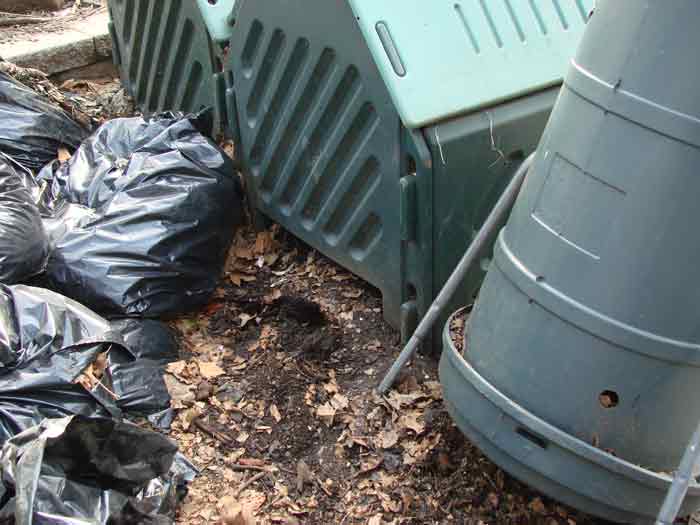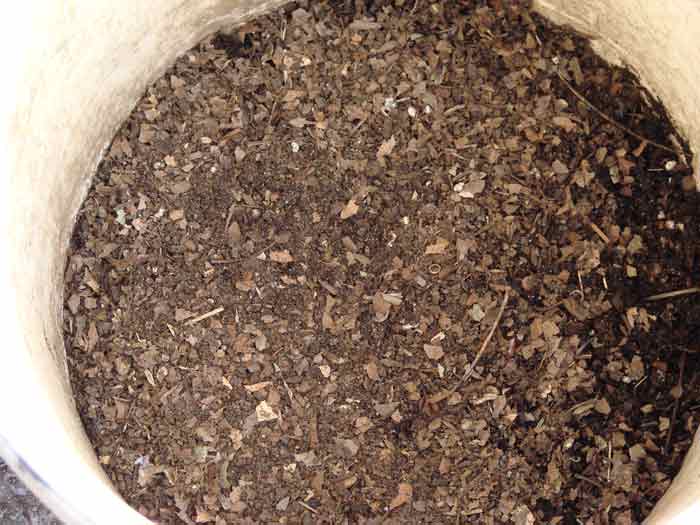|
Sifting Compost
Sifting compost is one of the most
satisfying things you can do in the RING Garden. You start out with
material that is mixed in size, taken from the bottom of the composter,
and you end up with gorgeous, fine-grained organic soil ready to put on
the flower beds. Organic soil or humus helps promote plant
growth and keeps our soil from being compacted. This is how nature
intended our kitchen waste, leaves and grass clippings to be naturally
recycled. Step 1. Grab a sifter There are 3 green plastic sifters nearby
the composters, probably under the arbor. Grab one. They are about a
foot square. Step 2. Scoop up some unsifted compost At the bottom of the "doghouse" composters, located near the Seaman entrance, unsifted compost collects at the bottom of the composters and often spills out onto the ground in front. Scoop some up - maybe enough for one scoop with 2 hands (maybe about 2-3 cups) and put it into the sifter. If there are too many undecomposed leaves, it's not ready.
The cyclindrical composter to the right
(above) is turned by rotating the entire bin on its axis. There is a
handle on the bin to help it swivel. Remember that this needs water
too.
Step 4. Sift the compost Curl your fingers a little and with a
rapid side to side motion flexing at the wrist, gently push the material
around with your fingertips. Toss out any rocks, plastic, large twigs,
etc. What you end up with is the finer stuff going through the
sifter into the white bucket. This is the fastest way to do it.
Just shaking the sifter will take a long time. When you have gotten
all / most of the fine stuff into the white bucket, toss the larger
materials (usually small twigs) back into the top of the composter and
grab some more out the bottom. It doesn't have to be perfect.
Repeat sifting.
When you are done or have a full bucket,
look around the flower beds (usually nearest the path) for a place that's
low (needs more soil) or where the soil looks particularly anemic, and
spread the fresh compost out. No need to till it in. Thanks for helping out!!!
|


